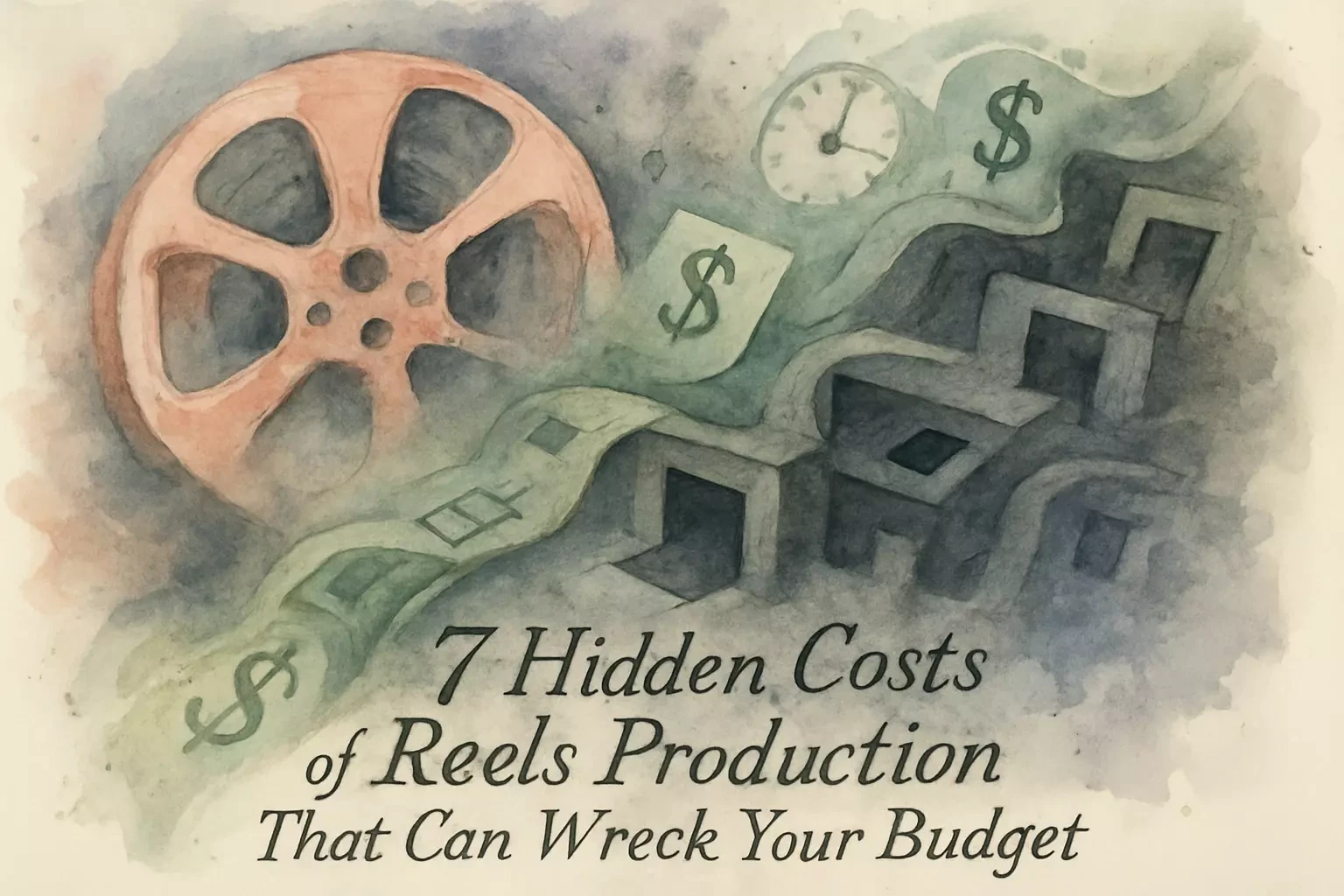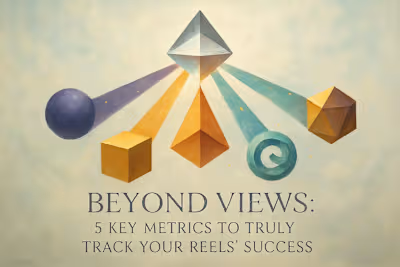7 Hidden Costs of Reels Production That Can Wreck Your Budget

7 Hidden Costs of Reels Production That Can Wreck Your Budget
Hidden Cost #1: Excessive Revision Rounds
What is a 'Standard' Number of Revisions?
How to Provide Clear, Consolidated Feedback
Hidden Cost #2: Asset Licensing (Music and Stock Footage)
The Reality of Commercial Music Licensing
Fees for Stock Footage and Graphic Templates
Hidden Cost #3: Location and Travel Expenses
Permit Fees for Public Spaces
Travel and Accommodation for Crew
Hidden Cost #4: Production Overtime
Why Shoots Run Long
Rush Fees for Quick Turnarounds
Hidden Cost #5: Data Storage and Archiving
Hard Drives and Cloud Storage Costs
Hidden Cost #6: Insurance
Liability and Equipment Insurance
Hidden Cost #7: Contingency Fund
The 10-15% Rule
Conclusion
References
7 Hidden Costs of Reels Production That Can Wreck Your Budget
Hidden Cost #1: Excessive Revision Rounds
What is a 'Standard' Number of Revisions?
How to Provide Clear, Consolidated Feedback
Hidden Cost #2: Asset Licensing (Music and Stock Footage)
The Reality of Commercial Music Licensing
Fees for Stock Footage and Graphic Templates
Hidden Cost #3: Location and Travel Expenses
Permit Fees for Public Spaces
Travel and Accommodation for Crew
Hidden Cost #4: Production Overtime
Why Shoots Run Long
Rush Fees for Quick Turnarounds
Hidden Cost #5: Data Storage and Archiving
Hard Drives and Cloud Storage Costs
Hidden Cost #6: Insurance
Liability and Equipment Insurance
Hidden Cost #7: Contingency Fund
The 10-15% Rule
Conclusion
References
Posted Jun 30, 2025
Your videographer's quote is just the beginning. Discover the 7 most common hidden costs in Reels production and learn how to budget for them upfront.










